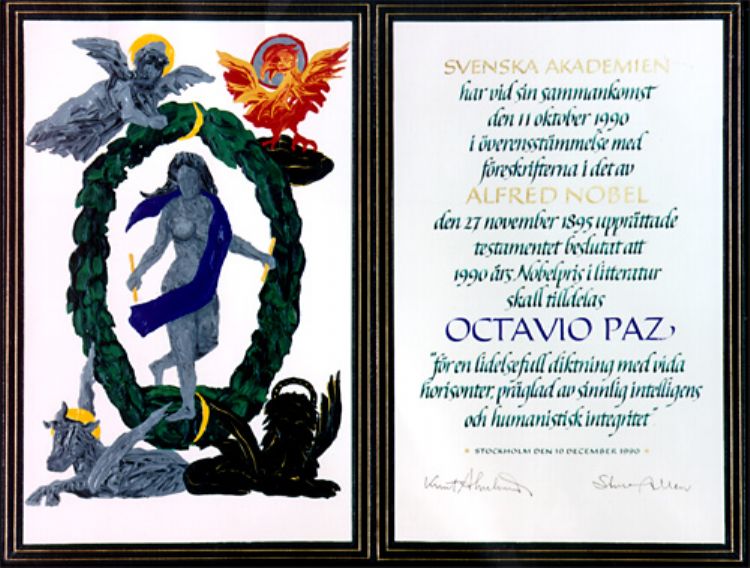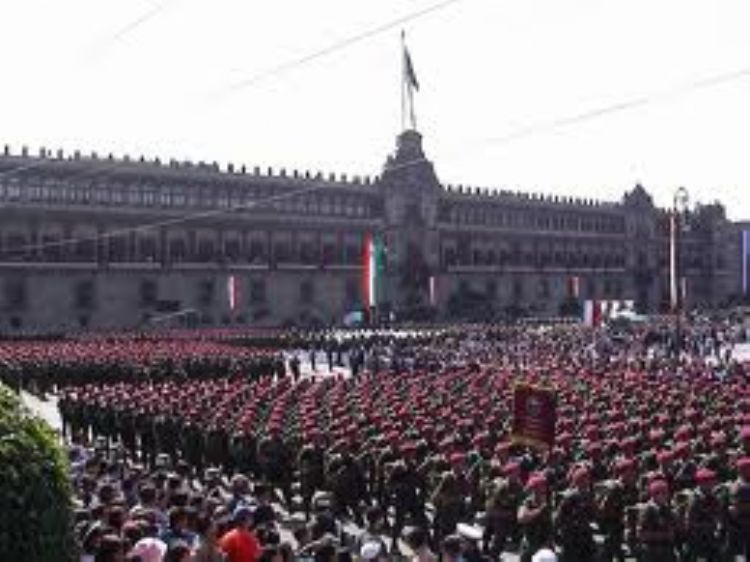
About Puerto Vallarta
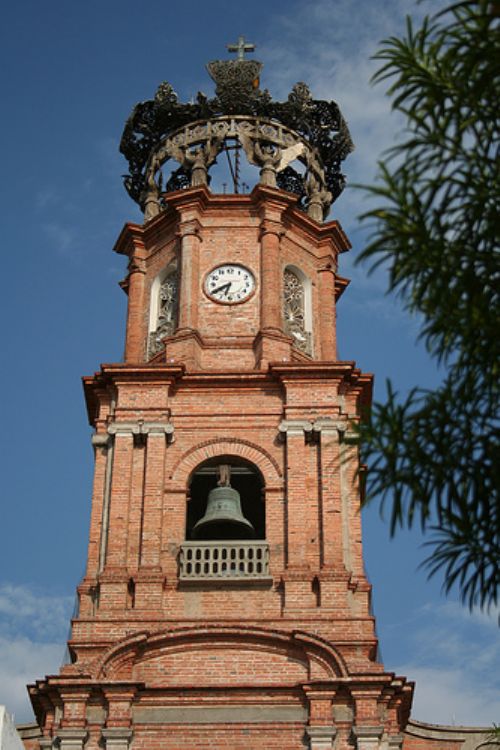
This beautiful port is located west of the state of Jalisco, in the bay of Banderas next to the Cuale River and bathed by the Pacific Ocean; it is the head of the county that carries the same name (Puerto Vallarta), which was given to it in honor of an ex-governor of the state to which it belongs, Jalisco. In those days it was considered one of the most important ports of Mexico and its relevance as a tourism center is more and more with time.
It is believed that the first settlers in the zone go back to 300 years before Christ, in the pre-classic period. Since the post-classic period to the arrival of the Spaniards, this area was populated by the ¨banderas¨ culture, who called this valley ¨Xihutla¨ which means ¨place where herbs grow¨. Its discovery and conquering by the Spaniards wasn't until 1525, when Captain Francisco Cortes of San Buenaventura and his team got to the bay, finding themselves with thousands of Indians that were waiting with weapons and a flan of feathers in their hands. Facing this situation, the story says, that the friar that accompanied the Spaniards began to pray, and that is when the image he carried with him of the Purisima and the cross filled with splendor, causing fear among the natives who at the sight of this surrendered. In March 1525 the name ¨Banderas¨ was given to this land, which it still conserves today.
Years later, on December 12, 1851, Don Guadalupe Sanchez Torres with his wife, brothers and friends, arrived to this place and decided to settle in it, founding it and giving it the name ¨Las Peñas de Santa Maria de Guadalupe¨ in honor of the day of the virgin and the ancient name by which it was already known, Las Peñas or Peñitas (due to the amount of peñascos in its scenery.
At the beginning of XX century, Las Peñas suffered a great population growth due to many families who migrated from other areas seeking better opportunities when the revolution and the drop of the price of silver on the world market generated a strong drop on the demand of salt (to treat the silver) which was the main activity of this area. This demographical growth generated a rapid development of agriculture and commercial livestock in Las Peñas.
Following, on May 31, 1918, Las Peñas was elevated to the county category thanks to the petition of its inhabitants, and its name was changed to Puerto Vallarta, in honor of the Lic. Ignacio L. Vallarta, honorable ex-governor of the state of Jalisco. Fifty years later in 1968, thanks to the constant growth, the the city is also promoted to the category of city.
In the following years Puerto Vallarta not only had a development based on fishing and the port but thanks to the publicity that was made in celebration of its 100th year and to the filming of some important movies like ¨Night of the Iguana¨ (1963), its beautiful beaches became known around the world and so it was that tourism began contributing to the development of this warm city, making it into one of the most visited beaches of Mexico, and point of investments for large hotel franchises. From that point on the city has grown tremendously giving way to great investments and projects, pretending to gain a balance between traditional and modern, growth and ecology, change and traditions.
Puerto Vallarta extends approximately 1,300 squared kilometers, or about 130 thousand hectares, of which 6,493 are used for agriculture; 19,700 on animal breeding; 93,408 on forest use; 1,340 correspond to urban territory; 9,068 have other and the 58 that are left have no specific use. This territory has a little over 220 thousand inhabitants (II Conteo de Población y Vivienda del 2005), number which is growing about 5% annually, and where males and female have the same proportion of the total population. The economically active are over 40 thousand people reaching an occupation index superior to 98%, mainly in tourism, which is over 70% of the PEA. The great development also reflects less than 5% of people who can't read and a 97% of households with Basic services (water, electricity, and drains).
Articles Releated with Puerto Vallarta

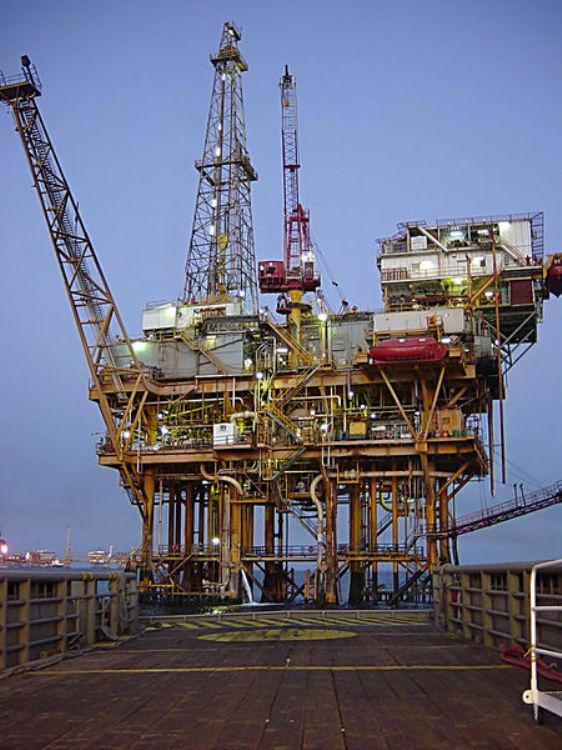
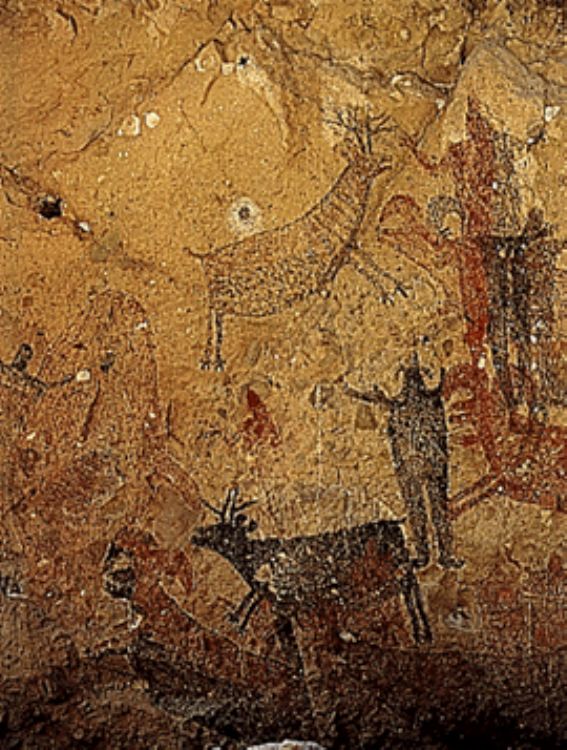
Mexico's World Cultural Heritage Sites II (1993-2002)
It is a combination of natural formations and those contr...

Lorena Ochoa, The great Mexican Golfer
Until recently, there was a great segmentation in the spo...
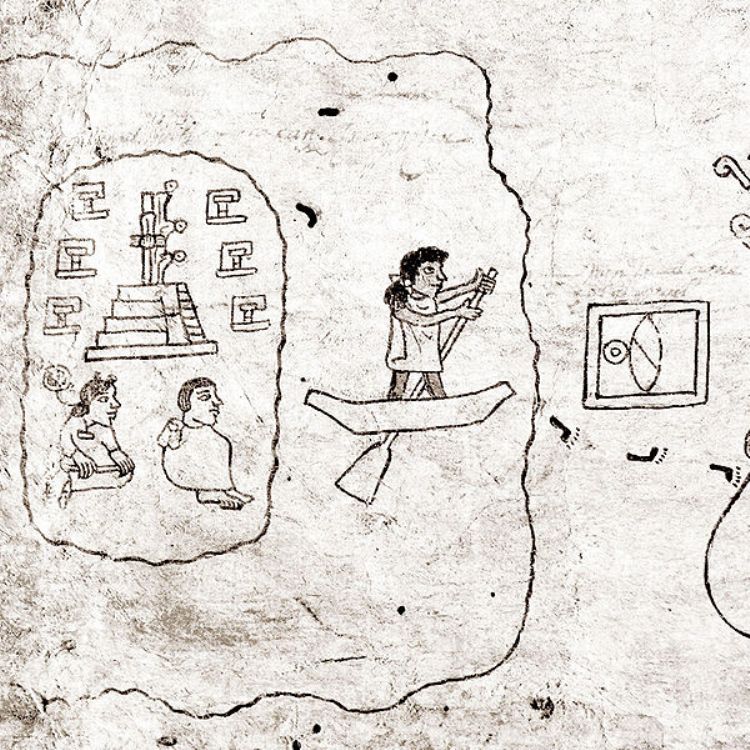
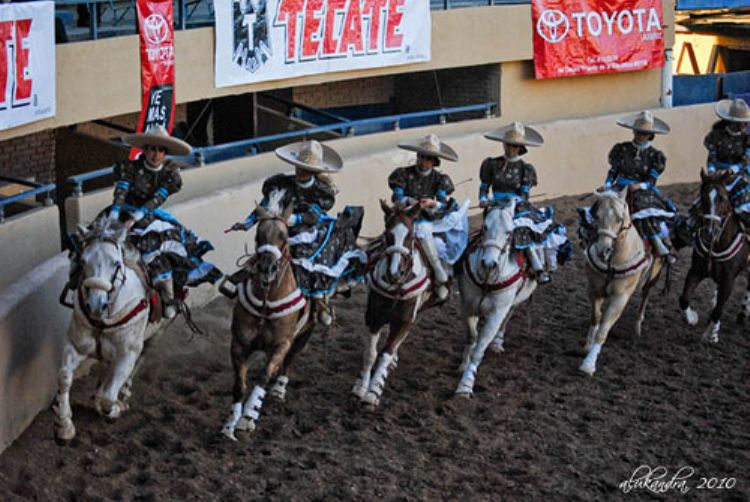
Tequila National Fair in Jalisco, Mexico
Considered the Mexican alcoholic beverage by excellence, ...
Most Viewed
.jpg
)
5 places to go when visiting the Federal District in Mexico
During a trip to Mexico City there are certain points, pl...
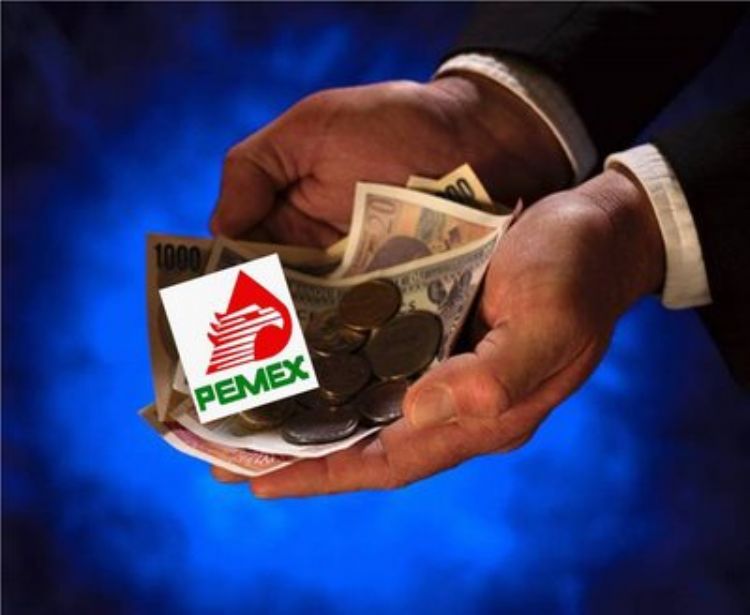
PEMEX, It's Numbers and Finances
Petroleos Mexicanos, a parastatal company present in seve...
